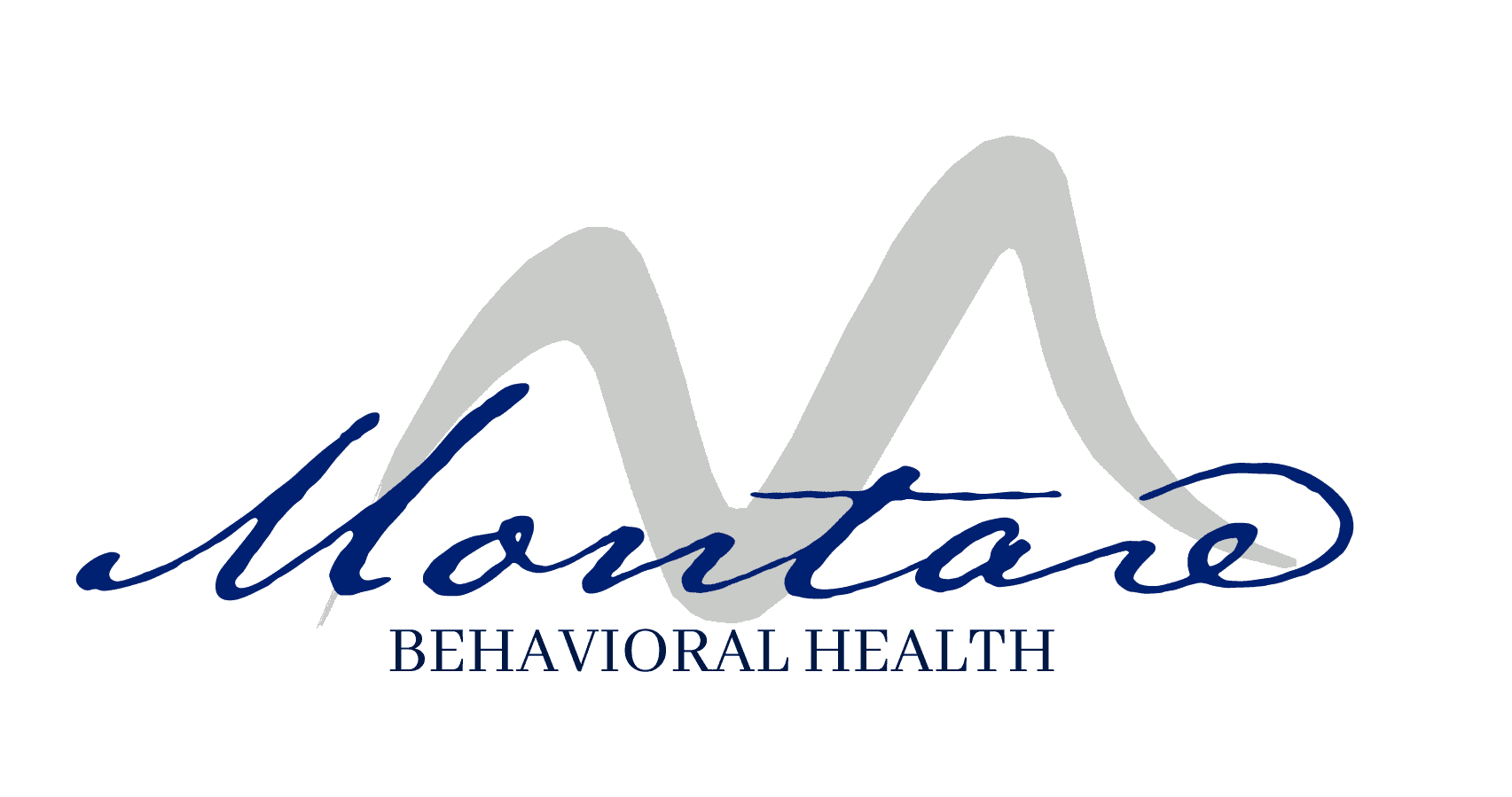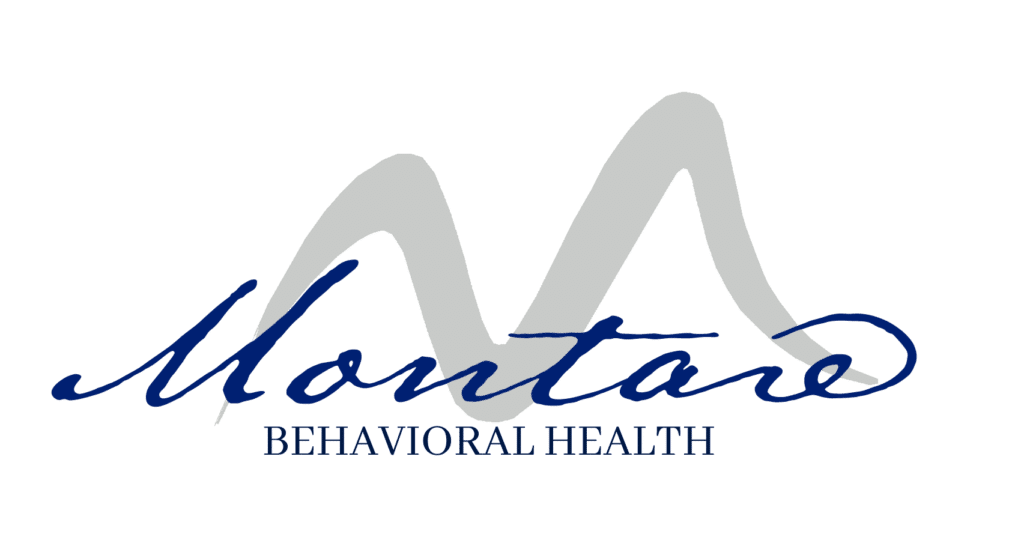One of the scariest symptoms of a mental health disorder is hallucinations. They can be confusing and terrifying to both the person experiencing them and those around them. They can happen every now and then or on a regular basis. Some people who have hallucinations realize that they have this symptom while others have trouble determining the difference between reality and the imagined. This can cause them to doubt their sanity and their ability to live independently, as well as wonder if modern, effective help is available.
But are all hallucinations the same? Montare Tucson explores the different kinds of hallucinations that can happen, their source, and what types of treatment modalities help reduce or eliminate these alarming symptoms.
What are the Different Types of Hallucinations?
Often, when people think about hallucinations, they think of a limited type that can happen. For example, the stereotype that someone who drinks enough alcohol they become inebriated might see pink elephants or other hallucinatory things. A Hallucination can happen in ways that affect all five of the senses. While they feel real while they happen, they are illusions created by a person’s mind for a variety of reasons. Anyone trying to convince the individual that what they’re experiencing isn’t real usually gets met with disbelief and sometimes even anger.
The different types of hallucinations include the following:
Auditory Hallucination: These are the most common type of hallucinations. This kind causes a person to hear sounds that aren’t happening. They may hear voices, music, whistling, low, mumbled conversations, static sounds, or footsteps. Some people hear a voice ordering them to do something, even if it’s something they would not normally do.
Visual Hallucination: Visual hallucinations cause a person to see people or events that are not actually there or occurring
Olfactory Hallucination: These hallucinations affect the nose and cause a person to smell odors that don’t exist. The aromas are usually displeasing, such as feces, smoke, vomit, or rotting food. The individual may look around but will be unable to find a source for the smells.
Gustatory Hallucination: This type causes a person to taste something even though they are not eating or drinking anything.
Tactile Hallucination: This hallucination causes a person to feel a sense of touch like someone is touching them, even though no touch is occurring.
Causes of Hallucinations
Hallucinations can be caused by any number of factors. It’s imperative that the cause be determined so that a treatment plan can be created and implemented that addresses what triggers the hallucination. The most common causes include:
- Delirium: This causes a severe change in how a person’s brain functions.
- Dementia: A common condition in older people but can happen at earlier ages.
- Mental health disorders: Such as schizophrenia, PTSD, and other serious mental illnesses.
- High fever: This most commonly happens in children and elderly people.
- Severe illnesses: People with conditions such as brain cancer and organ failure may have hallucinations.
- Epilepsy: When this illness impacts the temporal lobe of the brain, it can cause hallucinations.
- Substance use or abuse: Hallucinating can happen with one-time use or long-term abuse of substances like alcohol, cocaine, heroin, ketamine, LSD, PCP, amphetamines, and marijuana.
- Impaired sensory: This includes blindness and deafness.
Treatment Options for Those Experiencing Hallucinations Caused by Mental Health Disorders
Anyone experiencing hallucinations may be reluctant to seek treatment because they have difficulty accepting that they are real.
They might also wonder if valuable and lasting treatment is available and where to find it. If you have symptoms, a mental health professional should evaluate you to provide an official diagnosis. From there, you can work together to create a treatment plan that may involve one or more approaches. Given the seriousness of hallucinations, it is crucial to seek help from a licensed facility with therapists trained to treat this complex condition.
Prescription medication is another way to help reduce symptoms. A physician will prescribe the drugs including typical (first-generation) and atypical (second-generation) antipsychotic drugs.
Cognitive Behavioral Therapy (CBT) can also help. An adapted version called CBTp helps people who hallucinate to identify and change how they think, feel, and act in relation to them. This helps them feel less stress and disorientation when the symptoms occur. Even if the person loses control, they can problem-solve and use beneficial responses.
Finally, some people benefit by attending repetitive Transcranial Magnetic Stimulation (rTMS) sessions. This option can prove helpful for people who don’t respond well to antipsychotic medications.
Contact Montare Behavioral Health of Tucson to Start Your Mental Health Journey
Do you experience hallucinations, don’t understand their source, and have no idea where to turn for help? Have you sought treatment before but haven’t found long-lasting help from a treatment team that knows how to work with people who have hallucinations? Montare Behavioral Health of Tucson understands that having hallucinations can disrupt a person’s life and cause both fear and trauma. Our staff has extensive training in determining a person’s causes and helping them. We offer multiple types of therapy and any necessary medications as part of a well-rounded treatment plan for mental illnesses.
For more information about how we can help you or someone you love who deals with the challenge of having hallucinations, contact us now. Our friendly admissions team can answer your questions and provide a free insurance verification.


